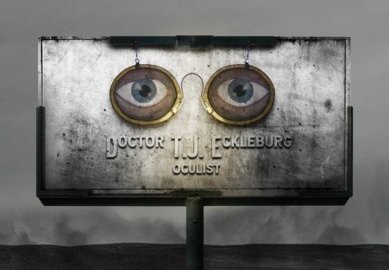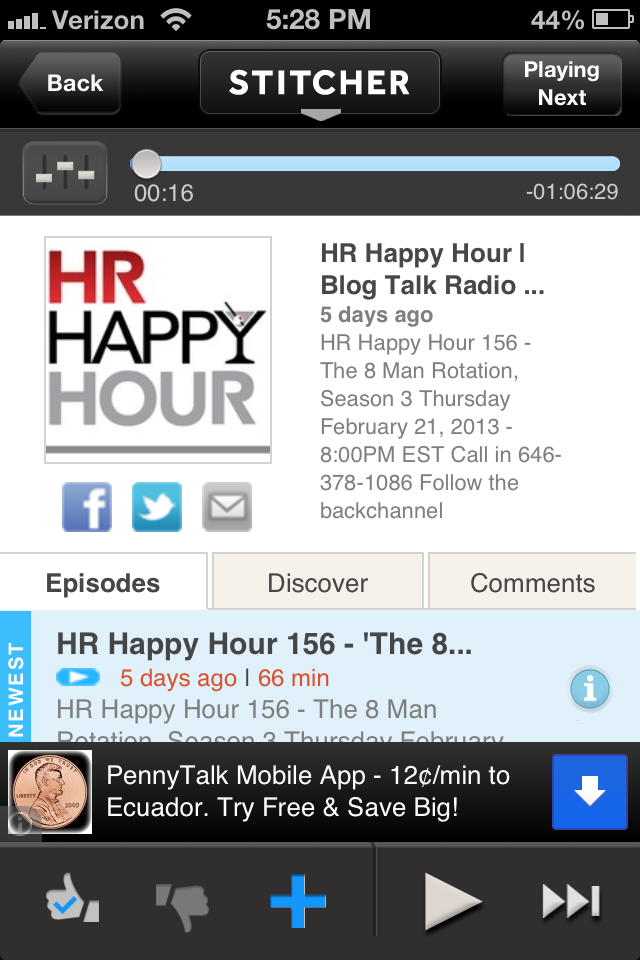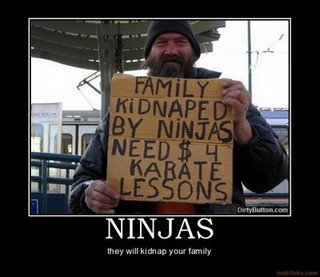If Yahoo doesn't kill remote working, then Big Data will
A little bit lost in the continuing fallout from the decisions by Yahoo to end remote working arrangements for their staff, and Best Buy's move to end ROWE (Results Only Work Environment), at its corporate headquarters was this much more interesting, (and potentially more important), report in the Wall Street Journal, 'Tracking Sensors Invade the Workplace', that hints at a data-powered future workplace where 'being physically together' is not just mandated, but is tracked, recorded, and interpreted by algorithms and leveraged by management.
How exactly does Big Data, (which usually sounds kind of benign, or at least non-threatening), play a role in the future of telework? Take a look at this excerpt from the WSJ piece:
As Big Data becomes a fixture of office life, companies are turning to tracking devices to gather real-time information on how teams of employees work and interact. Sensors, worn on lanyards or placed on office furniture, record how often staffers get up from their desks, consult other teams and hold meetings.
Businesses say the data offer otherwise hard-to-glean insights about how workers do their jobs, and are using the information to make changes large and small, ranging from the timing of coffee breaks to how work groups are composed, to spur collaboration and productivity.
"Surveys measure a point in time—what's happening right now with my emotions. [Sensors] measure actual behavior in an objective way,"
The next step in figuring out how people work, communicate, and interact in the workplace and with their colleagues involves wearing an always-on tracking device, (bathroom breaks optional), and harnessing all the data the device collects about who a worker talks to and for how long, how often they get up, when they hit the coffee room and vending machine, how long they stand waiting outside a conference room because the prior meeting ran long - all of this and more. Mash up that 'experience' data with other electronic data trails (email, IM, internal collaboration tools, etc.), and boom - the data will be able to prescribe optimal amounts of employee interaction, recommend the timing and duration of breaks, send push notifications alerting you that the guy you need to connect with about the Penske account is two stalls away from you, and crucially - keep your managers informed about just what the heck you are up to all day.
But it seems really likely to me that if these workplace tracking sensors gain more well, traction, that organizations will quickly realize that the only way to really exploit them, and the data they collect to its fullest potential, will be in a traditional workplace environment - with all employees together in a physical location and 'on-duty' at the same time. Let's face it, for a remote worker wearing a tracking sensor probably won't produce much valuable data - unless its to try to 'prove' to a suspicious manager that a remote worker is slacking off.
The tracking sensors, if they catch on, will change the anti-telework argument from 'We need you to come in to the office so we can keep an eye on you' to 'We need you to come in to the office so we can track everything you do, say, touch, and feel all day.'
It's a brave new world out there my friends...

 Steve
Steve


